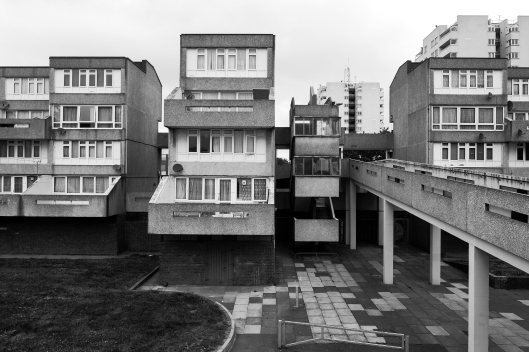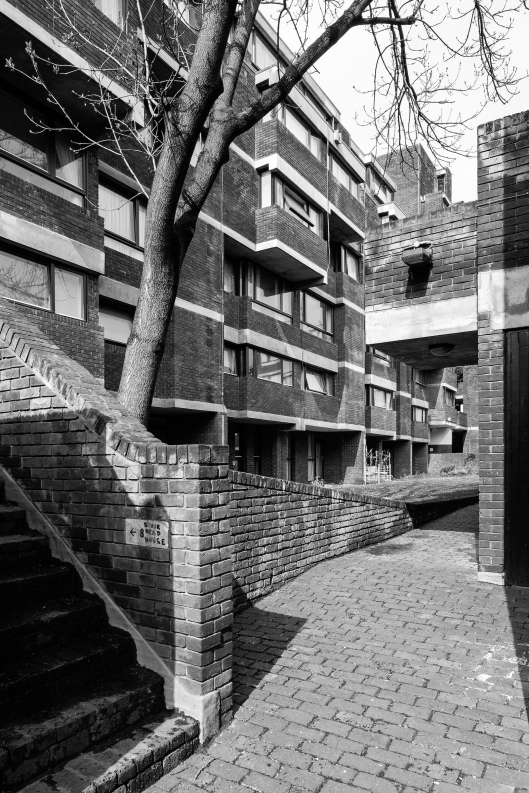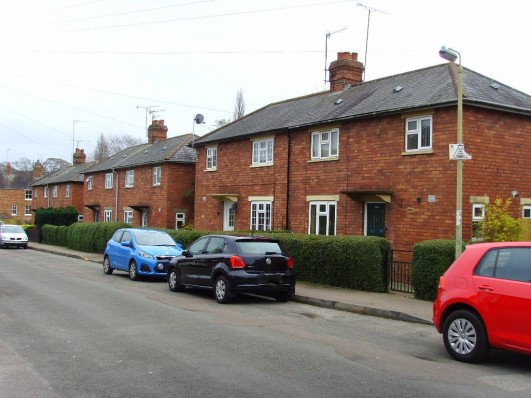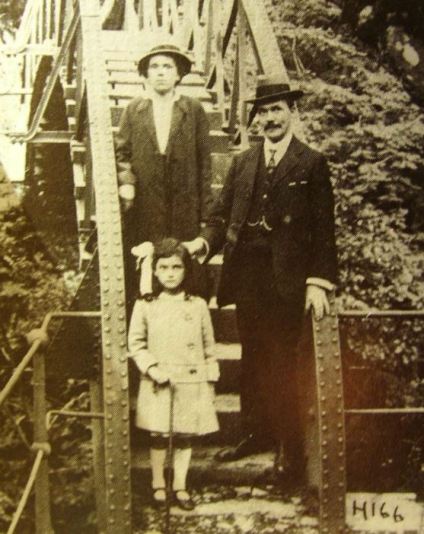There’s been a spate of books on Brutalism recently but I’m happy to recommend Brutal London by Simon Phipps to the many enthusiasts out there. It’s a lavishly illustrated, 192-page guide to 93 of the major examples of the genre in the capital, organised in an accessible borough-by-borough form.

Thamesmead (1967-74), Greenwich
Phipps’ powerful images – the heart and soul of the book – are in the monochrome which is de rigueur for a certain type of architectural photography but it works particularly well in capturing the stark power of Brutalist buildings: in the author’s words, providing ‘a stripped down aesthetic for a barebones architecture’.
However, he adds a brief, thought-provoking foreword and a very useful end section of Building Information. The latter includes details of when the buildings were built and their architects – this detail can be surprisingly onerous to track down so I’m grateful for his efforts – as well as some extended observations on selected examples. It’s good to see maps included too, not practical for navigation but a useful guide to location.
I’m not an enthusiast of Brutalism as such…before some of you stop reading just there, let me clarify. I do admire the bravura and sheer presence of many of the best examples but, as an historian, I’m more interested in a building’s social and political ‘story’, particularly that of the council housing which forms the mainstay of this blog. Of course, architecture and design are very far from innocent of social purpose and ideology and, nowhere is this more true than of British Brutalism – ‘widely seen as the architectural style of the Welfare State’. (1)
Phipps himself notes how ‘certain design elements suggest the socially progressive politics of the post-war state made manifest in the minds of architects’. In a particularly powerful phrase, he commends this ‘forceful, belligerent, conceptually considered and egalitarian architecture of social purpose that manifested itself across post-war London’.

Robin Hood Gardens (1969-72), Tower Hamlets
It’s interesting to note that a majority of the case-studies are of housing – a straightforward illustration of the argument – and salutary to note, as Phipps does, our loss of purpose in this regard with the demolition of the Heygate Estate and imminent destruction of the Robin Hood Estate. (Goldfinger’s Balfron Tower and Lasdun’s Keeling House have been or will be sold to the private sector – a mark both of Brutalism’s now fashionably cherished status and our contemporary disregard for the high-quality working-class housing that was central to that post-war vision.)
Other flights of eloquence – reflecting his own arts and design background and a predominantly aesthetic appreciation of Brutalist architecture – leave me a little colder but I’m sure will speak powerfully to the movement’s fans.
Phipps adopts the seminal definition of Brutalism deployed by Reyner Banham in his path-breaking 1955 essay. (2) The New Brutalism (as it was then) is characterised by:
formal legibility of plan, clear exhibition of structure and the valuing of materials for their inherent qualities “as found”.
It’s a broad definition and it allows Phipps to include a number of works that I wouldn’t personally have considered Brutalist. I’ve tended to assume that the use of concrete (particularly the béton brut often thought to have given the style its name) was a crucial component but I’m happy to leave this to be debated by the experts and enthusiasts and grateful that the wider perspective allows us to look anew at a number of significant schemes.

Paddington British Rail Maintenance Depot (1966-68), Westminster
You’ll find the expected showpieces here – the National Theatre, the Royal College of Physicians, the Institute of Education – and a few you may have overlooked – a fire station and British Rail Maintenance Depot, both in Paddington, for example. In terms of housing, there’s the Barbican, of course, and in the genuinely social housing that interests me, Balfron and Trellick, a number of the wondrous Camden estates of the 1970s, and many others. (3)

Alexander Road Estate (1972-78), Camden

Alton West, Alton Estate (1955-58), Wandsworth
Alton West is included naturally – in Phipps’ words ‘a riposte to the tidy geometries and bland stylings of the Scandinavian-inspired modernists’ who had designed the earlier eastern phase.

Doddington and Rollo Estate (1969-71), Wandsworth

The Aylesbury Estate (1963-71), Southwark
Also in Wandsworth, it’s interesting to see the Doddington and Rollo and York Road Estates covered, built using the Laings Jespersen Large Panel System and generally considered (for good reason given early teething troubles) to be system-built disasters. Other system-built schemes covered include the first system-built housing estate constructed in the country, the Morris Walk Estate built by the London County Council in 1963-1966 using the Larsen-Nielsen system. The troubled but maligned Aylesbury Estate in Southwark, another built using the Jespersen system and now subject to its own controversial regeneration, is also featured. No poured, in situ, board-marked concrete here.

Lillington Gardens Estate (1964-72), Westminster

World’s End Estate (1969-77), Kensington and Chelsea
Nor in Westminster, where Darbourne and Darke’s Lillington Gardens was praised by some as an example of the ‘new vernacular’ – a point at which you might feel the definition of Brutalism stretched. Down the river in Chelsea, Eric Lyons’ World’s End Estate is also noted. Since both are concrete-built and only brick-clad and since both that possess the Brutalist ‘clear exhibition of structure’ that Phipps values their inclusion is probably justified.
Anyway, buy the book and make your choices – in inner London in particular, anyone interested in modern architecture will find much to pique their interest. If you love Brutalism, you’ll love the book. If you don’t, it might at least give you pause for thought. Brutalism may not have been pretty but it does look increasingly attractive – both as a monument to earlier ideals and as a rebuttal to what Phipps rightly describes as ‘the bright vinyl-clad Wendy houses that count for much of today’s banal and mediocre housing’.
Photography (c) Simon Phipps
Brutal London by Simon Phipps is published by September Publishing, £14.99. http://www.septemberpublishing.org/product/brutal-london/
You can follow Simon Phipps on Twitter at @new_brutalism
References
(1) Barnabas Calder, Raw Concrete: The Beauty of Brutalism (2016) – an excellent and engaging academic guide to the subject which I’ve previously reviewed.
(2) Reyner Banhan, ‘The New Brutalism’, Architectural Review December 1955
(3) Of those I’ve written about: Alexandra Road, the Branch Hill Estate and the Whittington Estate.




















